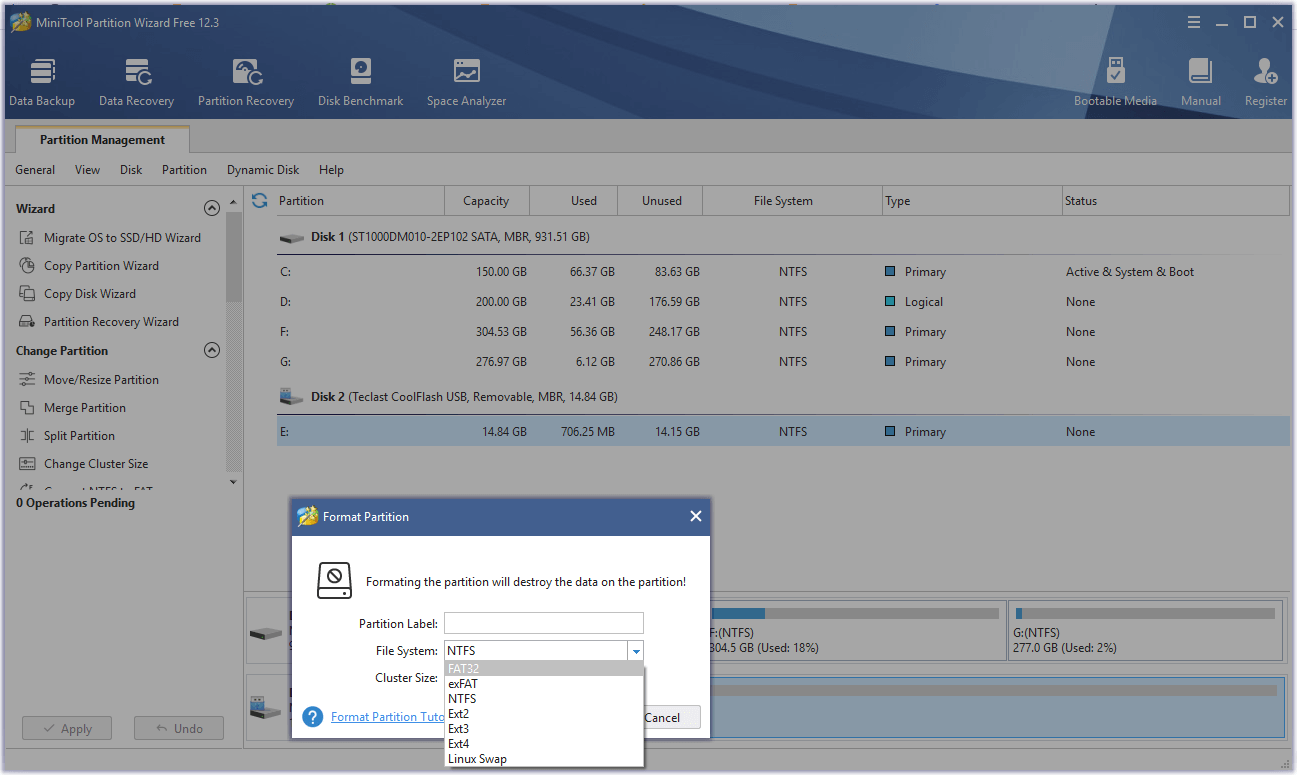

Class 90 cards are the most expensive by far while Class 30 cards are currently pretty affordable. These speeds are also what you will pay the most money to improve upon.

If you are confused as to why these write speeds are so much lower than the BUS speeds from the previous charts you are not alone. There are actually other speed classes, but they are so slow they won’t work for modern phones or cameras so I’ll limit the discussion to those shown. That chart is below: Minimum Sequential Write In addition to the bus speed class there is the only speed class that actually pertains to the card itself and that is what is called the “Video Speed Class”. The bus speeds are essentially the bus “speed limit” so to speak, it doesn’t mean your card will max out the bus or get anywhere near the max although it should be somewhere in the ranges shown. But, do you think you are going to get an SDHC card that can transfer at 3,983 MB/s? Probably not because it would literally fill up the entire card in like 5 seconds since SDHC is limited to 32GB in size. That is why as you will note in the right hand column, almost all the size classes support all the different bus speeds. In fact, all these numbers are purely theoretical and have nothing to do with the actual card speed. The bus is the interface that is used to connect the card to the camera or the computer, it is NOT the card speed. We’re not done yet because these performance numbers are all solely about the BUS speed. So, in addition to the size classes listed above, there are also speed classes which are as follows: Bus InterfaceĪnd there is still more to consider here. The bus speed scales to the size class, technically speaking an SDHC card could have an express bus but it would be kind of a waste because that size class is so small. The next thing to know is the bus speed class of your card. It just seems to be some sort of weirdly big number they threw on there for looks. I’ve never seen an SD card that could manage nearly 4,000 MB/s speed for instance. While this chart does give a basic idea of what to expect from different card types the speed ranges are still too large to make exact sense of how your card should perform. SD cards have been introduced according to size class, below are the different size classes currently offered: The original SD cards don’t have any extra naming on them, it’s just “SD”. In this case there’s not a lot you can do, and since the SD card standard is really old, if you’ve been doing media stuff for awhile there’s every change in the world you have a slower card. SD cards have been around awhile and because of that there is a chance you dug up an old card somewhere that is older and slower than any of your other cards. As time goes on hopefully these kinds of issues will be less and less of a problem. There are a surprising number of reasons why an SD card might be slow which is why this article is surprisingly long. In this post I will go down the list of all the ways an SD card could be slow.


 0 kommentar(er)
0 kommentar(er)
